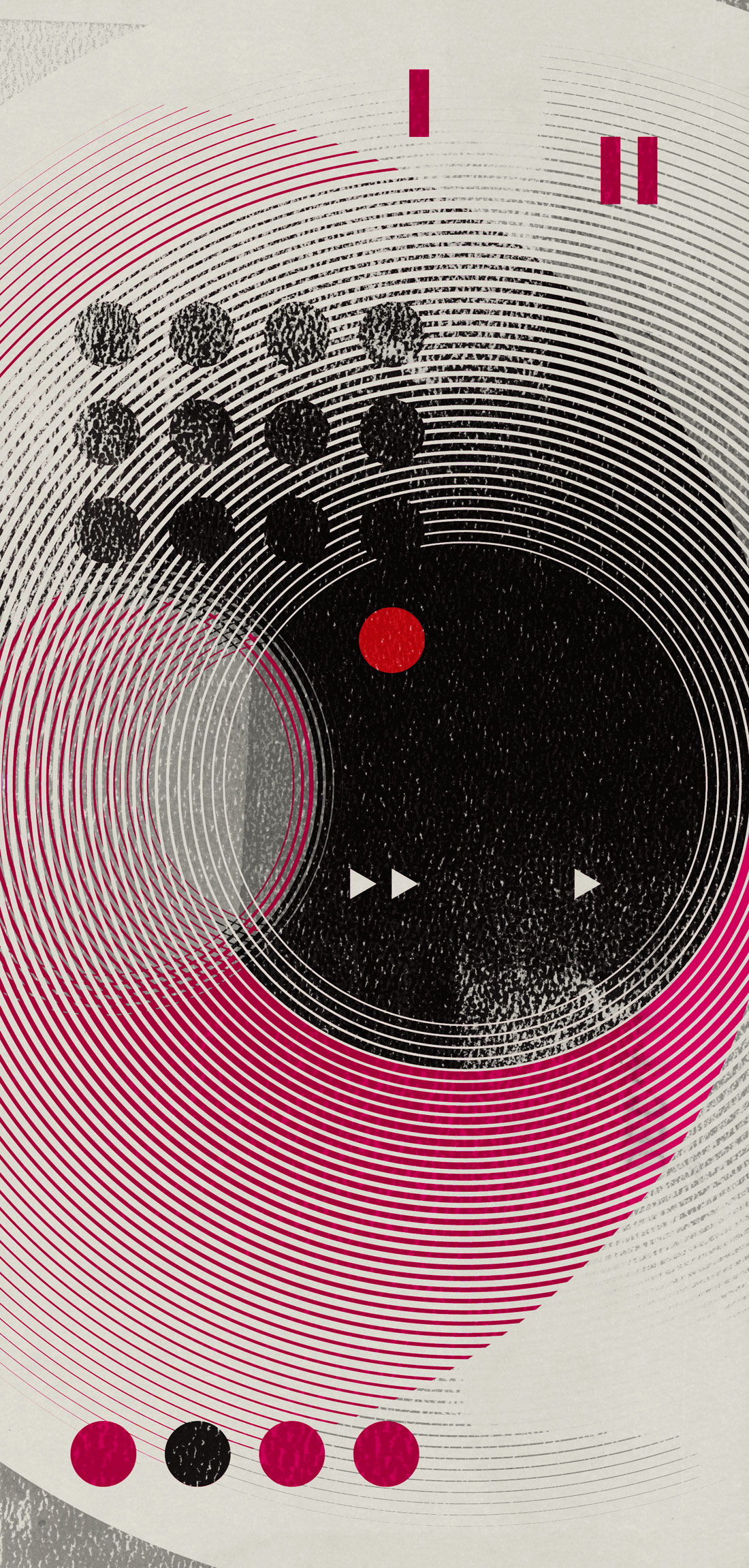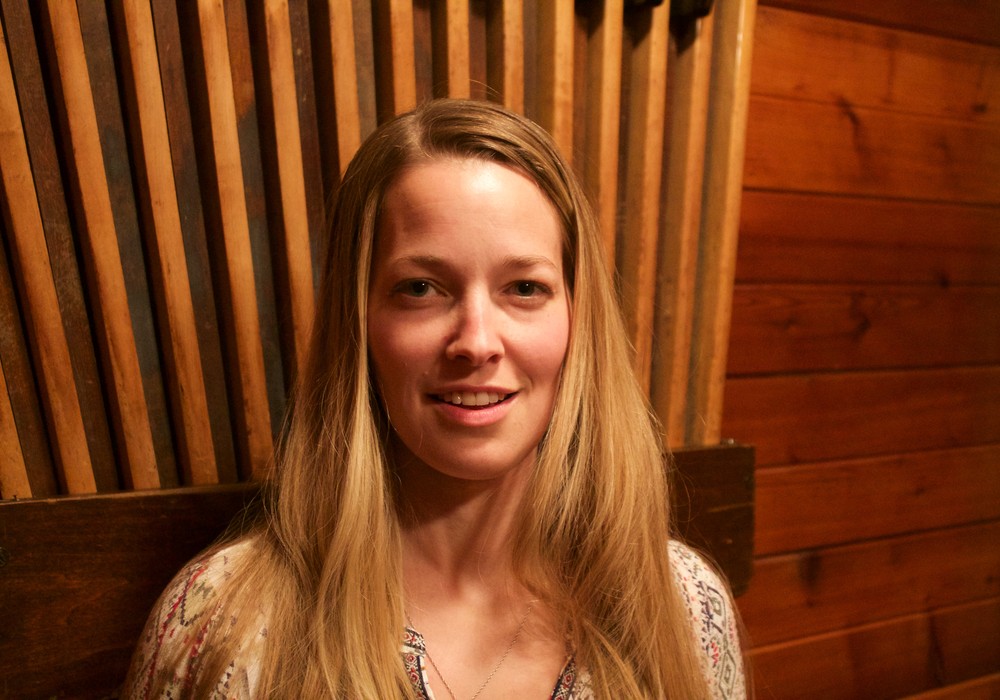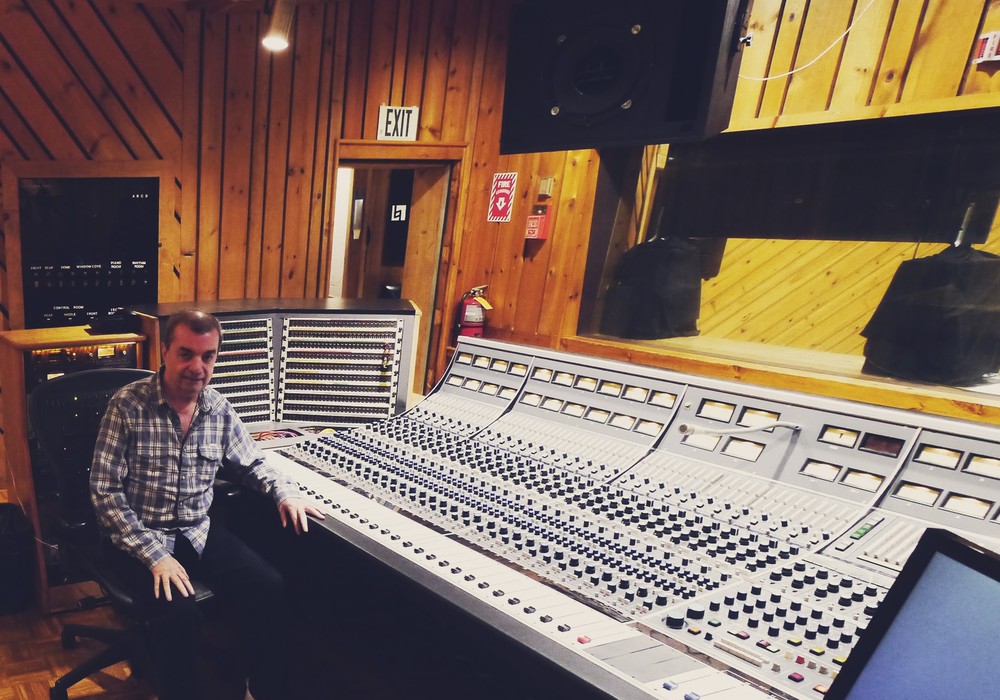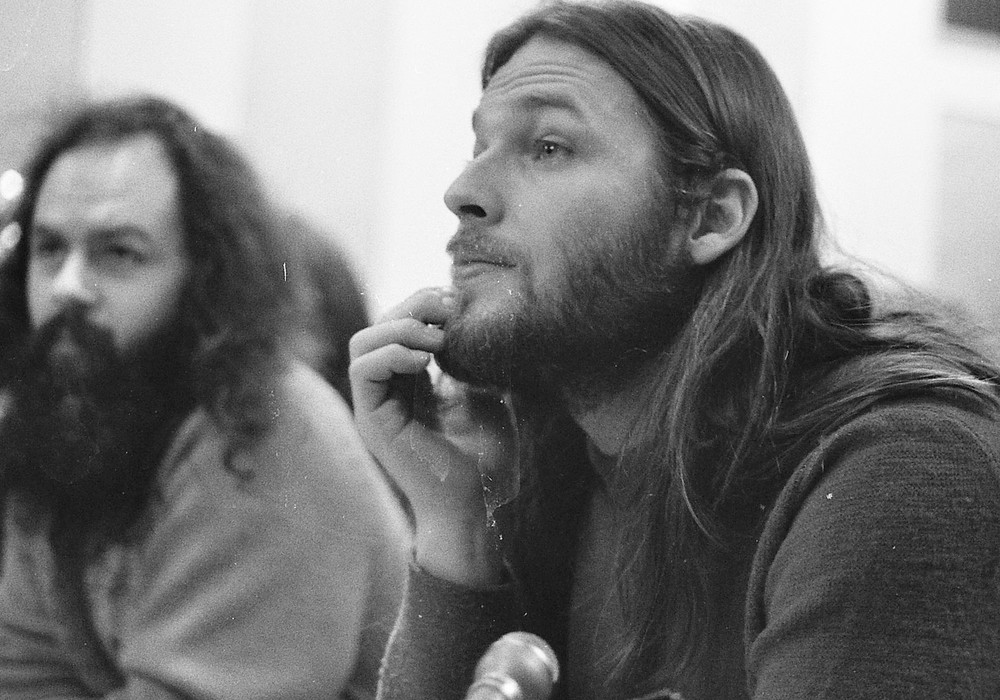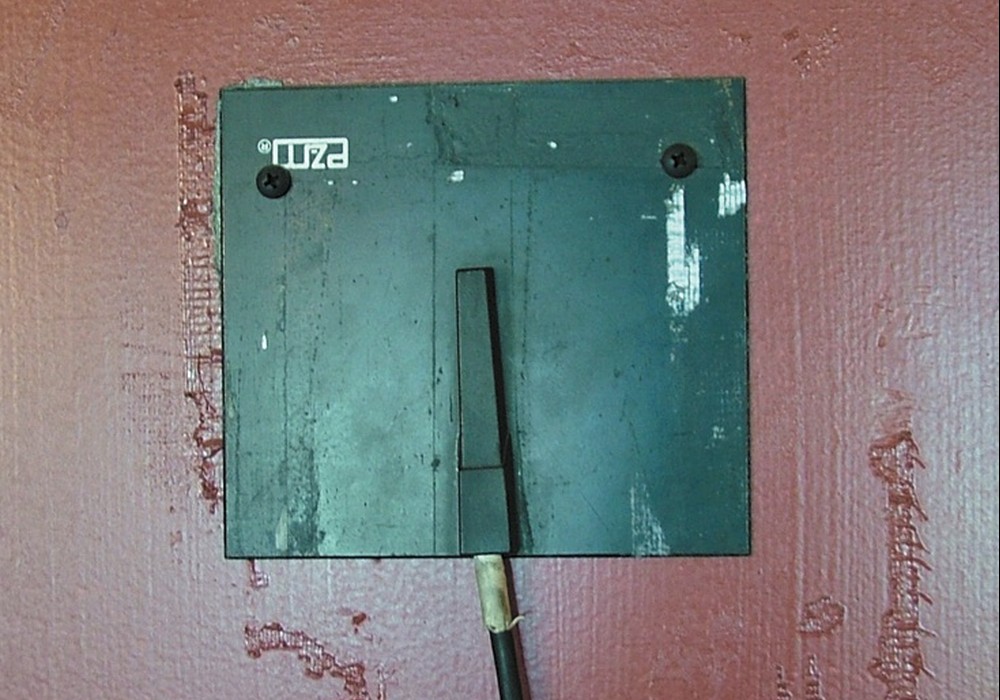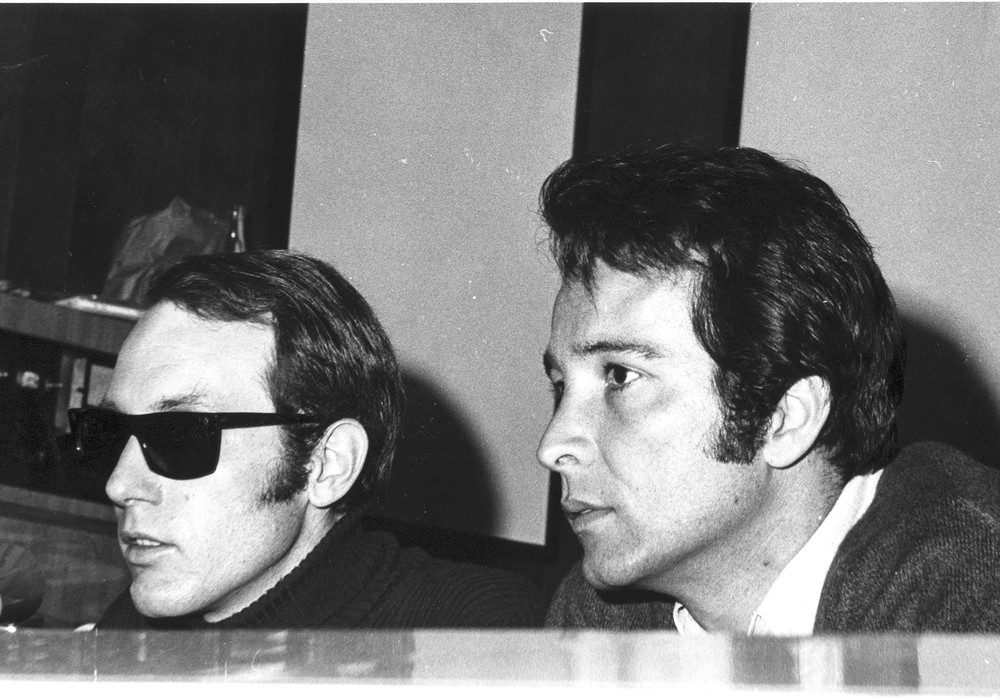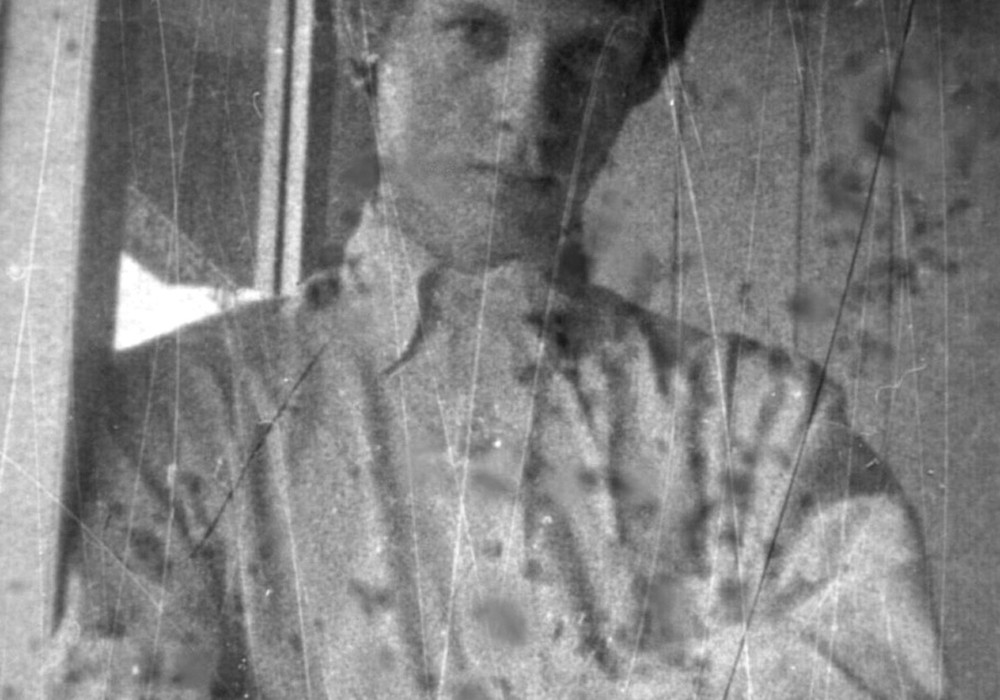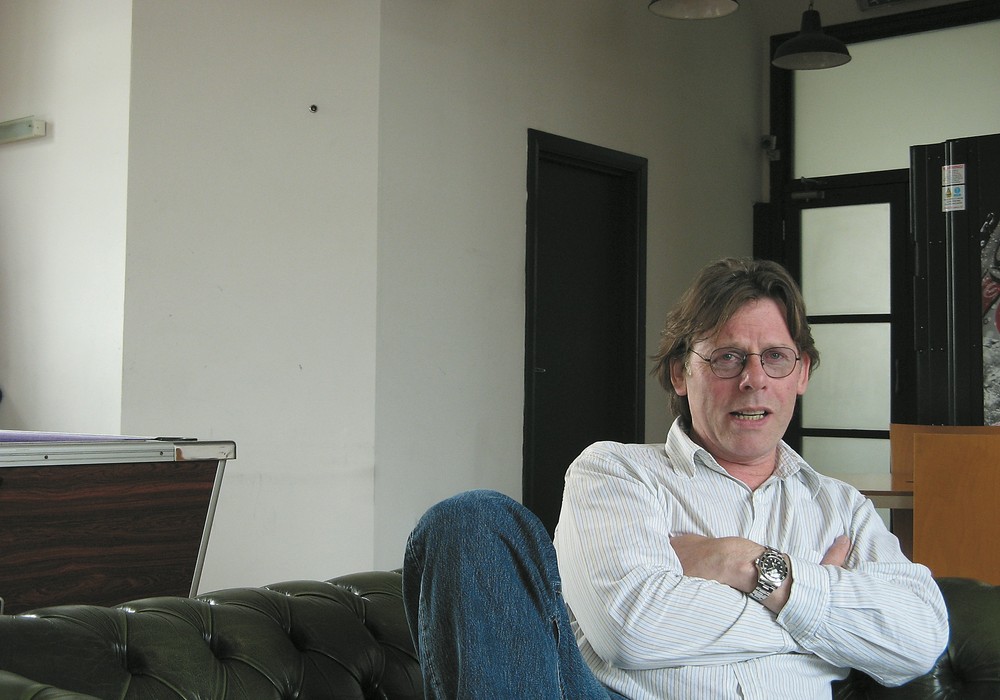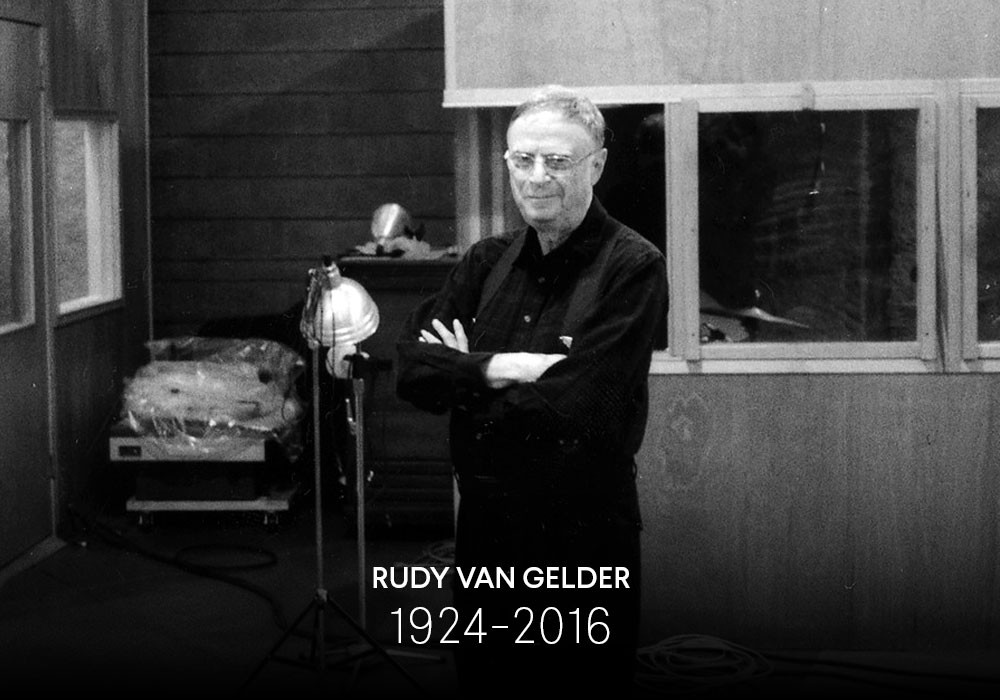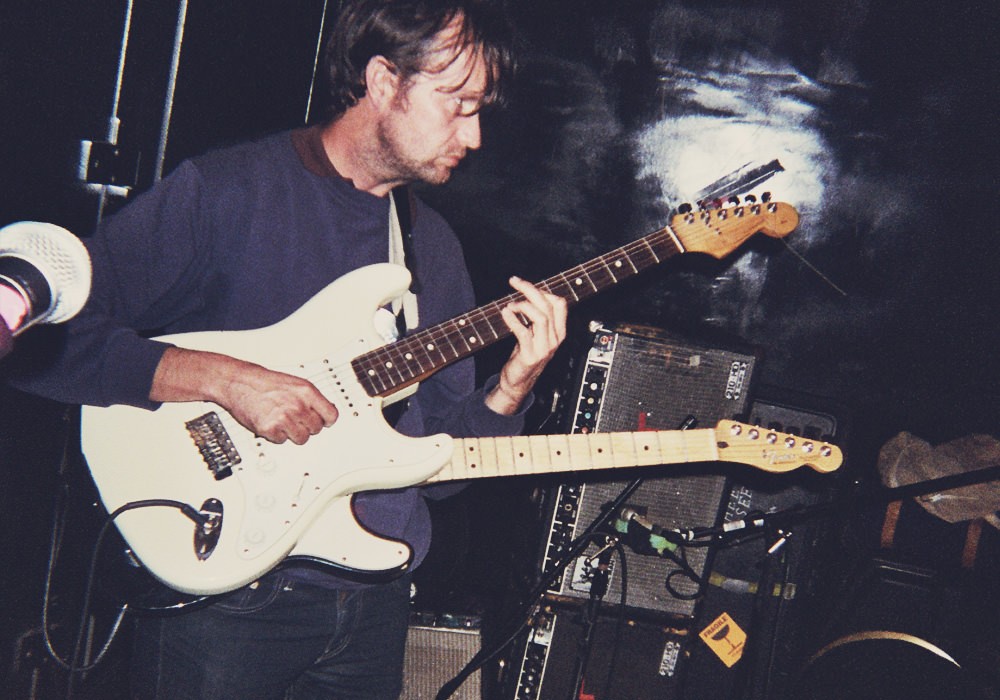In preparation for this interview, I went online to review Brian Paulson's recording credits and ended up printing out seven pages of albums. Seven pages. What's more is it's a very diverse list. Brian has manned the desk for sessions that have changed the way we think about music. Uncle Tupelo's Anodyne and Slint's Spiderland alone inspired legions of imitators. Paulson was there, capturing it all. Equally at home in legendary studios and suburban basements, he has been an inspiration as well. I sat down with him at his home in Carrboro, North Carolina, to rewind the tape on his career in crafting both music and meals.
Tell me about your first recording setup.
A Panasonic handheld cassette recorder that my parents gave me. I recorded everything from farts to bird sounds on that. Also, my Aerosmith record collection — using headphones pressed against the built-in condenser mic. Later I became one of those "stereo guys." Everybody's brother was in the Navy, so we could get good deals from the PX. If you didn't have huge speakers and 100 watts you weren't a man. [laughs] I started plugging my guitar right into the cassette deck of that, bouncing tracks back and forth. I was stuck in that world until I was 19. Then I bought a terrible Dokorder 4-track with Pete Conway [Flour, Rifle Sport]. That and a cheap line mixer was our setup. We never knew if it the Dokorder was going to work. It was always like, "It might overdub — it might not." That was the beginning of the madness.
What made you want to record?
Around 1976 or 1977 I was buying records that were recommended by Creem Magazine. "Christgau gave it an A+! It must be amazing!" Every bit of my lunch money would go to buying music. Midnight Special and Saturday Night Live fueled some of my purchases too. There was a commonality of names between the records I enjoyed, and Jack Douglas [Miles Davis, Cheap Trick, John Lennon] was one of them. "Who is he? He doesn't play on these records, but there's this similar tonality between them that really pleases me." Now I know that as the "low mid depth," but at the time it was more of a "sound" that I liked, even though it blew out my shitty Omega 3 woofers. So I looked for other albums he had worked on. The performances were really alive on the stuff that he did. "There's that guy again! Who is this guy?" So I became aware of what a producer did that way.
And so you got to work learning about it?
Everything I've done has been accomplished by learning as I go while failing miserably. I wasn't bookish. I'm a slow learner. I didn't know anything about the actual process until I moved from Bemidji [MN] to Minneapolis and started hanging out with bands I met during my time at MCAD [Minneapolis College of Art and Design]. I became good friends with Terry Katzman at the record store, Oar Folk Records, and he knew Bob Mould. Those two and the guys from Rifle Sport were key in launching me into what I do today.
For better or for worse?
Yeah, thanks guys. [laughs] Terry documented everything that was happening on the live music scene. He knew Steve Fjelstad, who was the engineer on some of the Replacements and Hüsker Dü stuff, and he knew the people at the Twin Tone label. The next thing you know it was like, "Come hang out at the studio!" So there I was, seeing Rifle Sport record and hearing them in high quality, three-dimensional sound for the first time. I was used to hearing them sounding ratty in a basement, and then all of a sudden it's like I can hear everything clearly. It's magic! That was it. "This is what I fucking wanna do. I don't want to design album covers — I want to make the albums that go in the album covers." I had originally wanted to be the Hipgnosis of the Midwest, doing freaky photo montages and logos, but that all changed within the first nine months I was at art school after meeting these people. So in 1981 Bob Mould helped me decide that taking a year off was a good idea, and I never went back. Then Bob asked me to run sound for Hüsker Dü because he knew I understood where they were coming from. We'd be in Iowa City, and the guy with the dB meter would say, "You can't put a mic on that because it's already too loud!" We did it anyway. That was part of the experience. There was a lot of fighting with the clubs, and we had to work things out.
Maybe you should have considered a career...
The rest of this article is only available with a Basic or Premium subscription, or by purchasing back issue #78. For an upcoming year's free subscription, and our current issue on PDF...
Or Learn More
